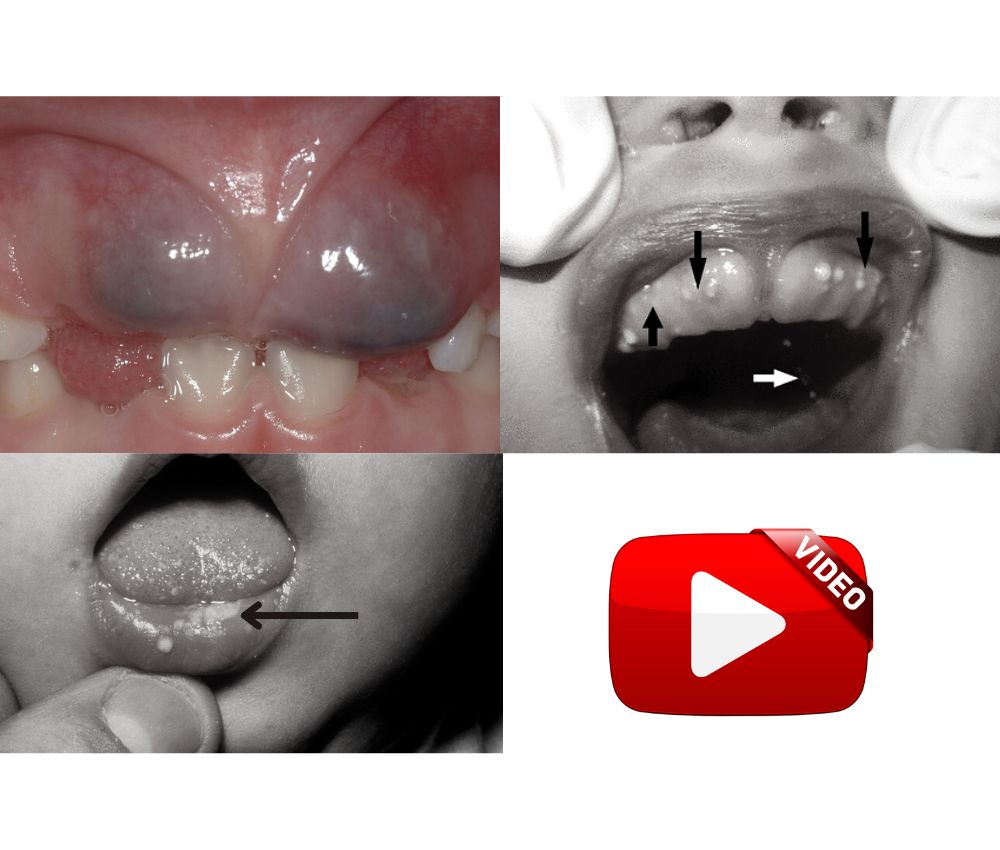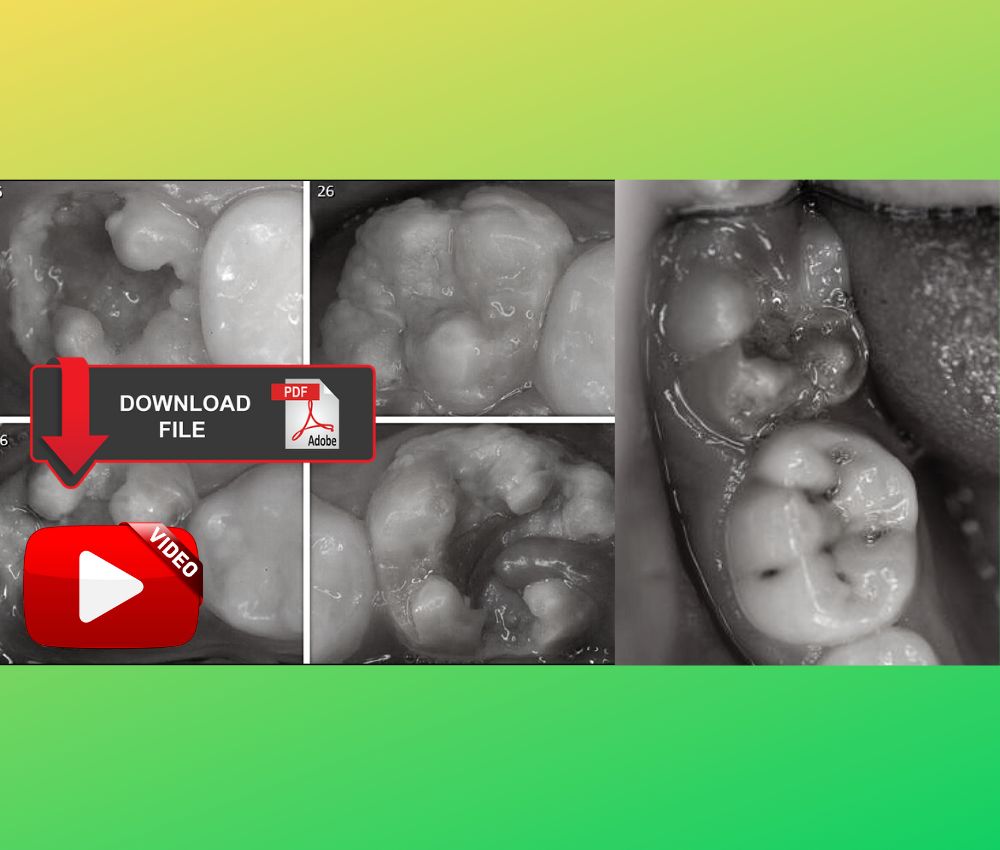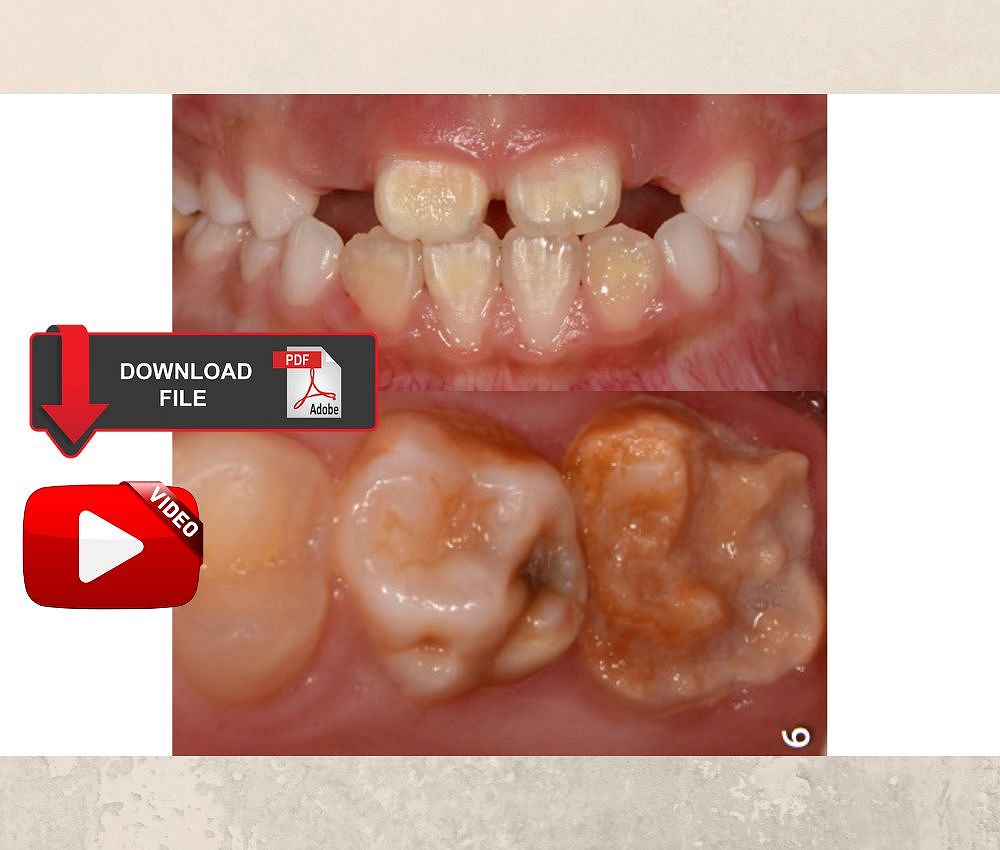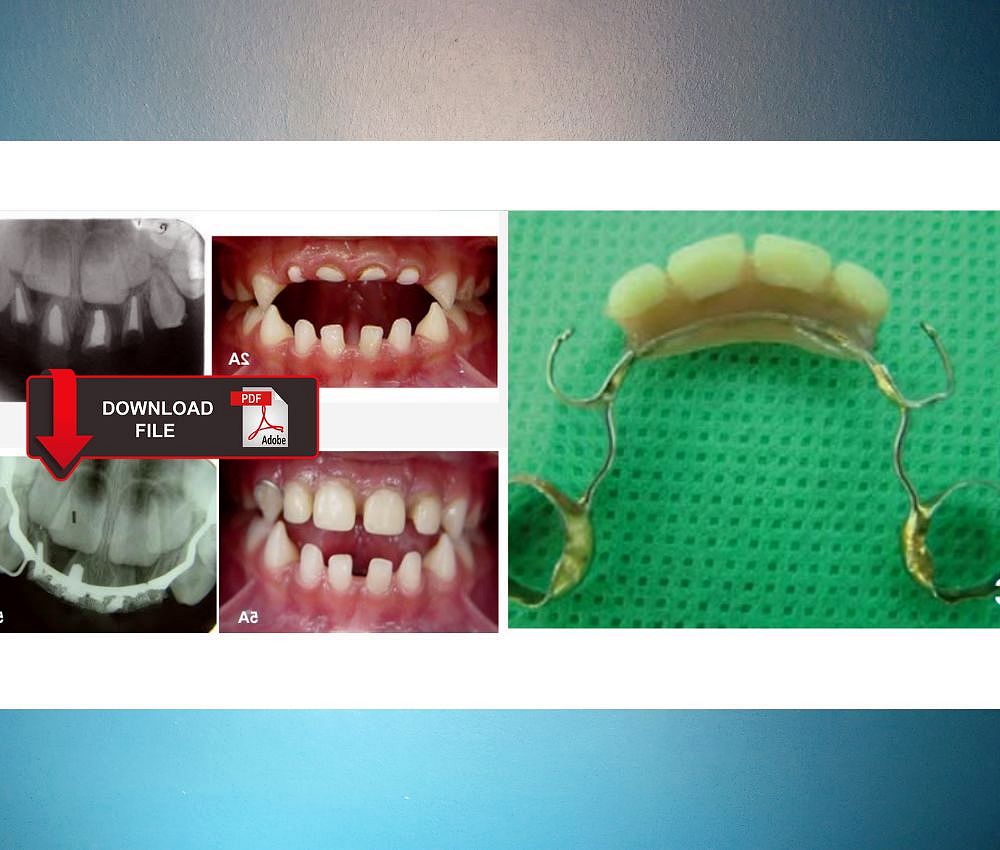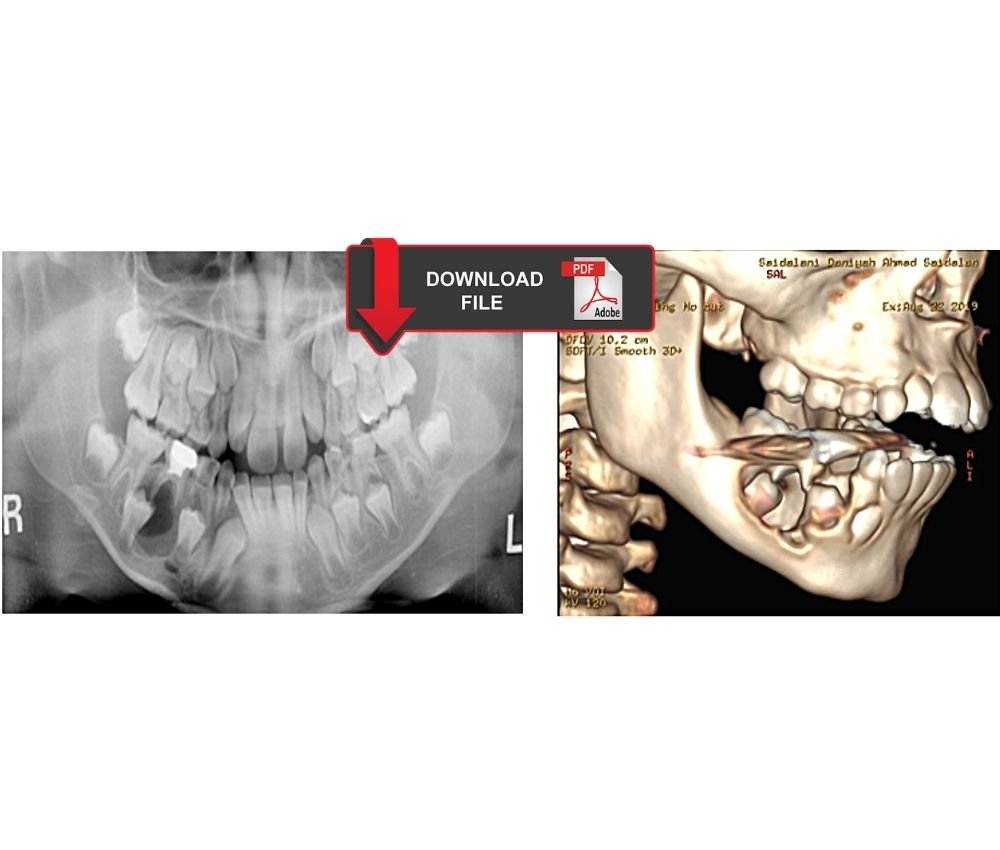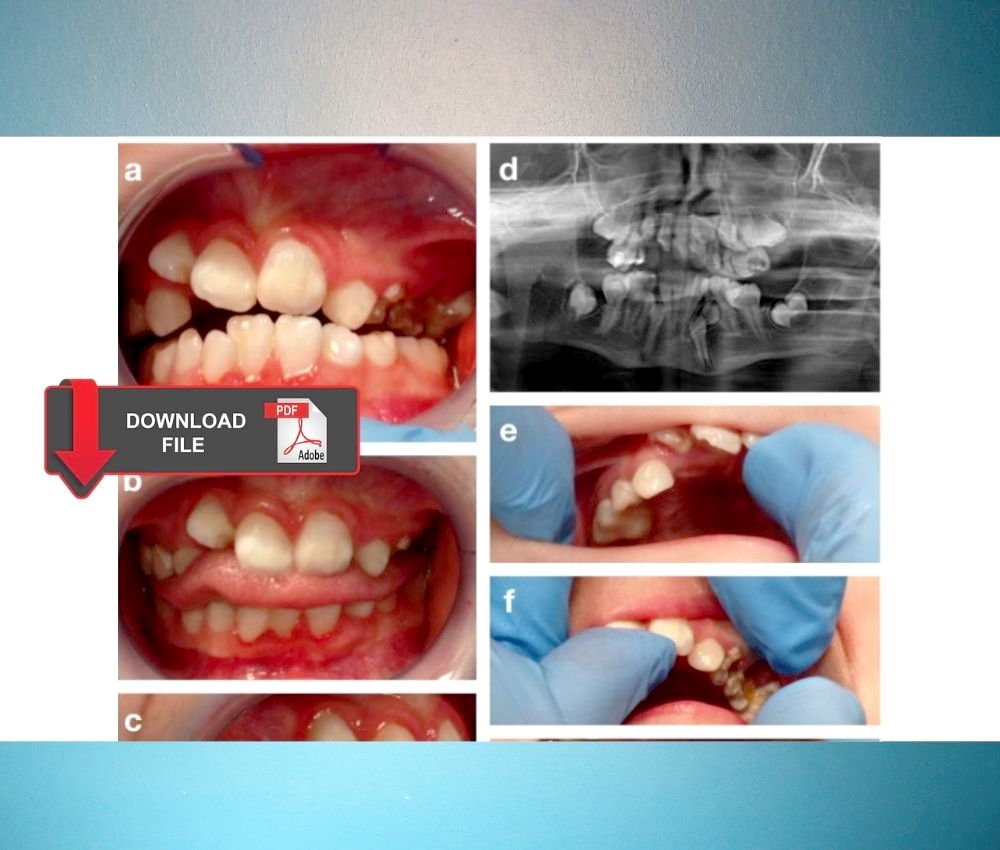Molar incisor hypomineralization is a development defect of dental enamel, and affects the aesthetics of the tooth and generates sensitivity and a high degree of enamel fracture, in addition to a high risk of caries.
📌Recommended Article :
Download the PDF 🔽 Molar Incisor Hypomineralization: Minimally Invasive Treatments - Step by Step ... The tooth affected by molar incisor hypomineralization has a porous appearance with brown, yellow and opaque white stains
The molar or incisor affected by hypomineralization presents a white/yellow color, and with an enamel susceptible to fracture. There are mild and severe cases, which is why an early diagnosis is important to avoid tooth loss.
Advertisement
We share an article that teaches us what is the clinical management of molar incisor hypomineralization (MIH), differential diagnosis and treatment in mild and severe cases in children.
📌Download the article in PDF :
Daly D, Waldron JM. Molar incisor hypomineralisation: clinical management of the young patient. J Ir Dent Assoc. 2009 Apr-May;55(2):83-6. PMID: 19455847.
📌 More Recommended Items
► ORAL REHABILITATION of a child with dentinogenesis imperfecta
► Molar-Incisor Hypomineralisation: Clinical Manifestations and Treatment
► What is tooth sensitivity?



